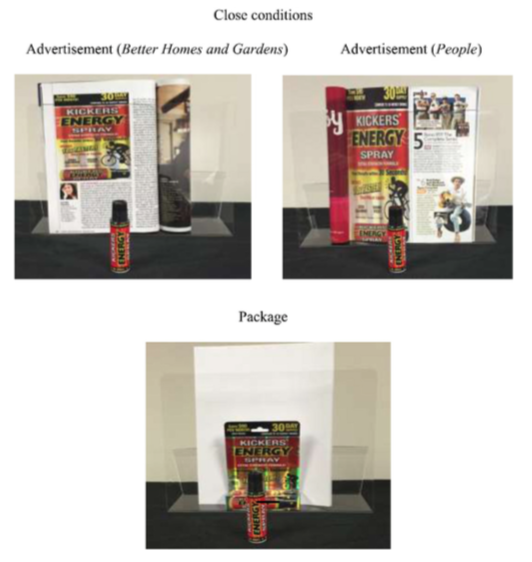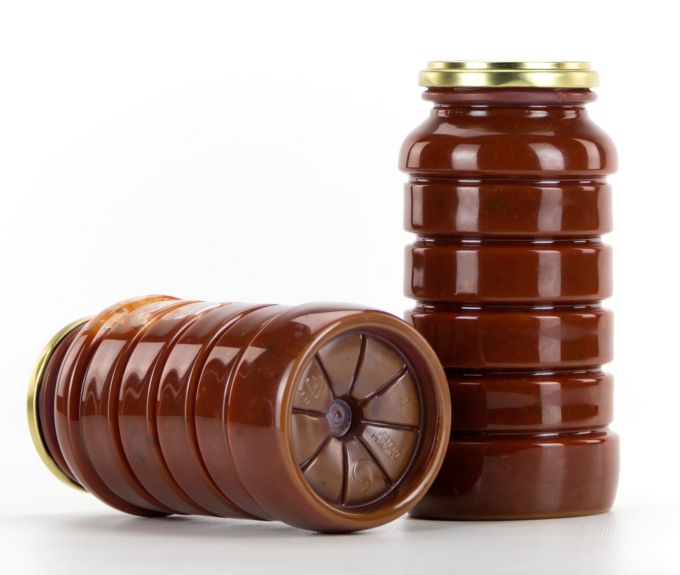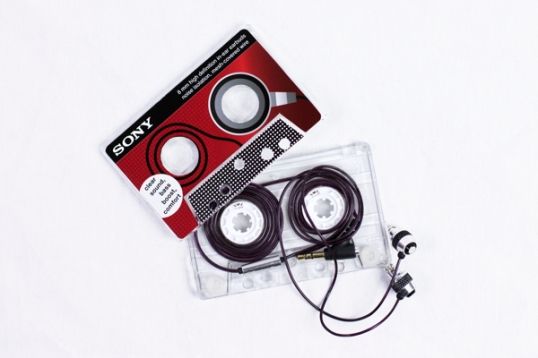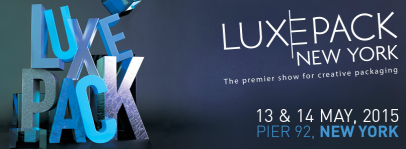
The Institute of Packaging has just announced it will be accepting entries for the 2018 AmeriStar Awards! The AmeriStar Award is an honor bestowed upon the top packages of the year in many categories. Enter and you could win recognition for changing the face of packaging! LIVE judging will occur at the end of April 2018, ensuring your packages are evaluated and analyzed objectively. Winning packages will be on display at PACK EXPO, winner trophies will be given to show at your company, and your package will receive trade press recognition in both print and online, as well as on social media.
ENTRY DEADLINE: March 9, 2018
See website for Entry Fees and Rules
The AmeriStar Package Awards Competition includes:
Best of Show Award
The Best of Show Award honors the package that surpasses all judging criteria and is unanimously selected by the judges to be outstanding in every category.
Sustainable Packaging Award
This award recognizes the package that judges score the highest when considering how packaging can be developed to reduce the impact on the environment. This includes efficient energy usage, recycling efforts, effective use of packaging materials, recover or eco-friendly raw materials.
Design Excellence Award
This award honors the package that exhibits a shining example in which structure and graphic design integrate to create a compelling package. Judges consider factors such as design benefits that could include enhanced product findability on the shelf, improved package functionality that entices consumers to think about a product or product category in a new way, improved product presentation in-store and others.
Packaging That Saves Food: Agriculture
Packaging systems/format used to contain and distribute fresh produce from farm to wholesale market and/or retail outlet. Entries must demonstrate how their packaging protects the fresh produce and reduces/prevents damage during transit and/or display while also extending shelf life and minimizing food waste. This may be achieved by reducing crushing, enhanced cushioning, enhanced ventilation and avoiding double handling.
Packaging That Saves Food: Food Service
Packaging systems/format used to contain and distribute food into foodservice establishments. Entries must demonstrate how their packaging contains, protects and distributes their food product from manufacturing location through to the foodservice establishment, while also extending shelf life and minimizing food waste. This may be achieved through bulk sizing, individual servings, opening and or dispensing features, re-sealable/re-closeable features and improved communication on-pack.









 To enhance the antibacterial properties of chitosan, the film was fortified with Grapefruit Seed Extract (GFSE), a natural antioxidant that “…possesses strong antiseptic, germicidal, antibacterial, fungicidal, and antiviral properties.” The team researched the combined effects by varying the amounts of GFSE present, and early testing found that average shelf life was increased by about two weeks as compared to standard plastic wrap.
To enhance the antibacterial properties of chitosan, the film was fortified with Grapefruit Seed Extract (GFSE), a natural antioxidant that “…possesses strong antiseptic, germicidal, antibacterial, fungicidal, and antiviral properties.” The team researched the combined effects by varying the amounts of GFSE present, and early testing found that average shelf life was increased by about two weeks as compared to standard plastic wrap.


















